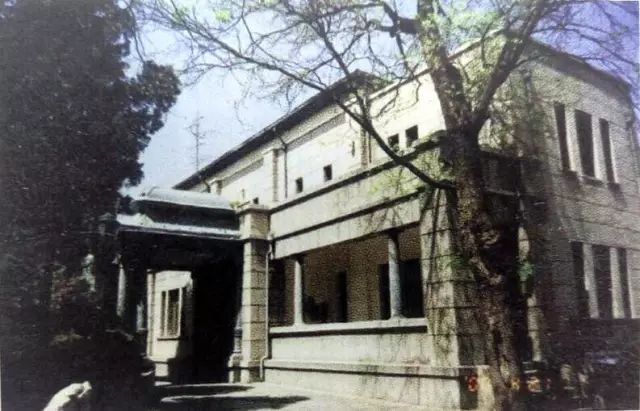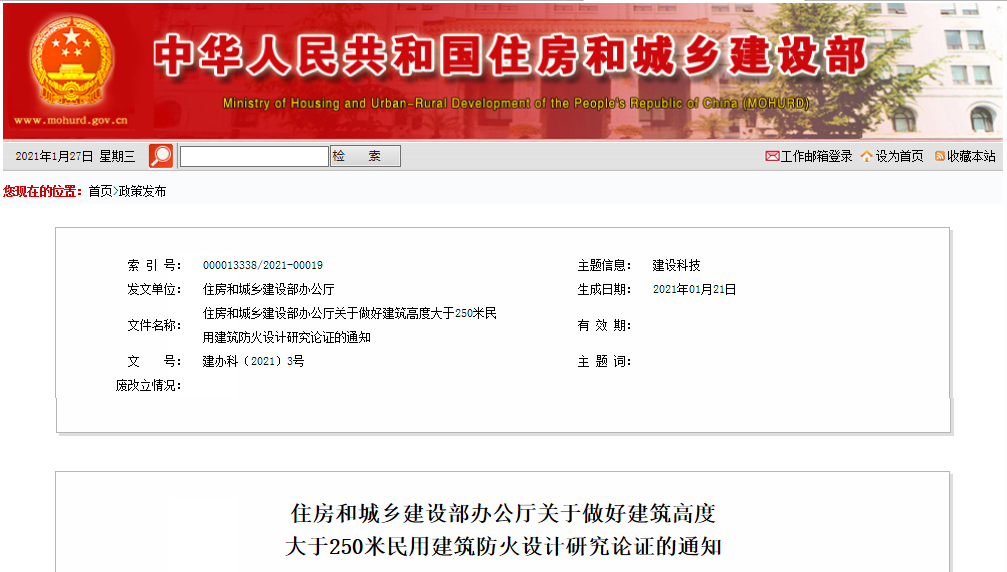In the ancient capital of Beijing, palaces, dwellings, gardens, religious buildings and so on are the main body of ancient urban architecture
. 
In modern architecture, they embody the characteristics of tolerance and storage
. 
There are both active acceptance of foreign architectural culture and passive transformation from the infiltration of foreign culture
. 
Today, let’s learn about those modern buildings in Beijing that combine Chinese and Western to interpret the historical process In 1750, the summer palace was first built in 1750, which was called Qingyi Garden
. 
There was once a large stone boat, which was the place where Emperor Qianlong and his mother were released
.
In 1860, the cabin on the boat was originally an ancient building, but the Chinese cabin on the boat was burned when the British and French invasion
.
In 1893, the original Chinese cabin was rebuilt into a Western-style carved roof in imitation of a foreign cruise ship in the 19th year of Guangxu
.
Two Western-style aircraft wheels made of stone were added on both sides of the stone boat, which was named “Qing Yan boat” with the meaning of “he Qing Hai Yan”
.
The whole hull is 36 meters long, with a building area of 326.2 square meters
.
It is made of huge stones
.
The two-story cabin is of wood structure, but it is decorated with marble patterns
.
The top is decorated with brick carvings
.
The interior of the boat is covered with Western tiles
.
The doors and windows are also inlaid with special colored glass
.
It is exquisite and beautiful
.
The bow of the boat is decorated with carved columns, and the plaque of “Qing Yan boat” is hung under the lintel
.
As a matter of fact, the practice of the stone boat still follows the traditional Chinese wooden structure technology, but the decoration is in a foreign style, and the plaque of the “Qing Yan boat” is also in Chinese style
.
Although it is only a cockpit building, it has special significance in the history of Beijing Architecture and is the representative work of “western style building” in Beijing
.
02 Chinese and western ancient capital modern architecture Wangfujing Catholic Church Chinese couplet Wangfujing Catholic Church (for photo: Tan liefei) ● in 1655, Wangfujing Catholic Church, also known as “East Hall”, was built in 1655 (the 12th year of Shunzhi in Qing Dynasty)
.
In 1904, the existing church was rebuilt by the French and Irish missionaries with the compensation of the Treaty of sinchou in the thirtieth year of the reign of Emperor Guangxu, covering an area of nearly 1 hectare
.
In the middle of the courtyard is the Catholic Church, sitting east facing west
.
It is located on the base of the bluestone platform, with a width of about 25 meters and a depth of about 60 meters
.
There are about 30 rooms in total
.
The plane is in the shape of a Latin cross
.
There are three doors in the front of the hall, and there are side doors on the north and south sides, with the words “1905” on them
.
The exterior wall of the hall is thick, the windows are small, and the upper part of the doors and windows is a semicircular arch ring
.
On the top of the hall, there are three arched castles, on which there are crosses, slightly larger in the middle and slightly smaller on both sides
.
The church is supported by 18 round brick columns, with a diameter of 0.65 meters
.
The column base is square, and there are many oil paintings with the story of the crucifixion on both sides
.
It is a typical Romanesque church
.
It is such a completely imported architectural form
.
On the stone pillars of the main entrance, there are couplets “protecting the people, protecting China and foreign countries”, “shangwenhong honoring the past and the present” and the banner “benefiting the East”, with obvious traces of Chinese culture
.
Ruixiangdian, an ancient capital with a combination of Chinese and western modern architecture 03 ruixiangdian (for photo: Tan liefei) ● ruixiangxian silk cloth shop opened in 1893 in the 19th year of the reign of Emperor Guangxu of the Qing Dynasty
.
It is a time-honored Chinese brand at home and abroad and the first of the “eight auspicious” in the old capital
.
It was burned in 1900 and rebuilt in 1901
.
The building is of brick and wood structure
.
The whole building is composed of two parts: Shop hall and auxiliary room
.
The floor plan of the store is a rectangle in the north-south direction, which is composed of traditional building roof units (hook and build roll shed)
.
The entrance is a two-story iron roof with wooden frame and brick wall; there is a foreign style iron roof canopy in front of the store; the south facing main facade is dark green with five white marble carvings, with the theme of Chinese traditional “pine and crane prolonging the life”, “Peony” and “Lotus” etc.; the central entrance is light yellow and natural color of stone
.
In general, the building is a traditional Chinese folk practice, and the storefront adopts some deformed parts of Western architecture, which is known as “a model of accepting the influence of foreign architectural culture from Chinese folk channels”
.
04 the combination of Chinese and western ancient capital and modern architecture Zhengyangmen east station with cloud dragon relief Beijing Fenghuang railway Zhengyangmen east station (photo: Tan liefei) ● the construction of Beijing Fenghuang railway Zhengyangmen east station began in 1903
.
It was put into use in 1906
.
In the 1960s, it was transformed into a science and Technology Museum of the Ministry of railways
.
It was transformed into “China Railway Museum” in 2008 and officially opened on August 1, 2008
.
The station was built by the British, and the architectural style reflects the popular characteristics of Britain
.
The wall is made of red brick and white stone
.
The plane is rectangular, and the wall adopts the British masonry method, that is, one layer of brick is laid with the top brick alternately
.
The second floor of the main building has a corrugated iron roof with skylight in the middle
.
The outer wall is treated with red brick and cement plastering alternately
.
However, the mountain wall of the waiting room is curved, with a cloud dragon relief inlaid at each end, which is unique to China
.
Dragon, the symbol of imperial power in ancient China, is used exclusively by the royal family
.
Why is it decorated on the Jingfeng railway station? It turns out that the Beijing Fengshui railway connects Beijing with the old capital of the Qing Dynasty, Shengjing Fengtian (now Shenyang), so the image of the dragon appears here
.
Experts in architectural history call it “British style architecture with Beijing local characteristics”
.
Chinese and western ancient capital modern architecture the roof of Peking Union Medical College 05 Peking Union Medical College, formerly known as Peking Union Medical College, is located in the west of Dongdan North Street
.
In 1906, the London church of England cooperated with five other churches in England and the United States to set up the Concord Medical School
.
In 1917, the Rockefeller Foundation of the United States invested in the construction of the new school building in the former Yuwang mansion in santiaohutong, Dongdan
.
The construction was divided into two phases
.
From 1917 to 1925, 14 buildings were built
.
The design was in the charge of the Americans, and the whole building was of brick concrete structure
.
The building materials of the new school building complex are mainly cement and masonry, and the interior decoration is mainly western style
.
On the wall, there is a large green glazed tile roof of verandah style, with a glass waist eaves in the middle, and a white marble platform railing below
.
It imitates the architectural tradition of ancient China
.
From a distance, the green glazed tile roof on the blue brick wall is unique
.
06 the combination of Chinese and western ancient capital and modern architecture the western style embellishment of siheyuan the small western style building in houyuanensi Hutong siheyuan (for photo: Tan liefei) Siheyuan is the representative architectural form of Beijing folk houses
.
Its typical layout is to build the main house facing south on the north-south axis, the East-West wing house and the south house opposite to the main house in front, which is called Sihe, and is surrounded by the back wall and courtyard wall A closed house
.
The larger ones are arranged with several courtyards along the main axis, forming multiple courtyards, while the larger ones are arranged in parallel with gardens
.
After entering modern times, some quadrangles have changed correspondingly, and the western architectural form has become an important ornament
.
No
.
7-9 courtyard of houyuanensi hutong is located on the west side of Jiaodaokou South Street
.
It was once a Chinese and Western courtyard built by Prince Yizhe’s second son in the late Qing Dynasty, facing south from north
.
In the west of the courtyard is a traditional Chinese courtyard; in the middle is a Western-style two-story building
.
In front of the building is a circular fountain pool, surrounded by the original Yuanmingyuan stone carvings
.
In the southeast of the pool is a granite prism Western-style Pavilion; in the East is a rockery with a veranda
.
After the victory of the Anti Japanese War, it was once the capital of Chiang Kai Shek
.
In 1984, it was announced as the city’s cultural relics protection unit.
.



